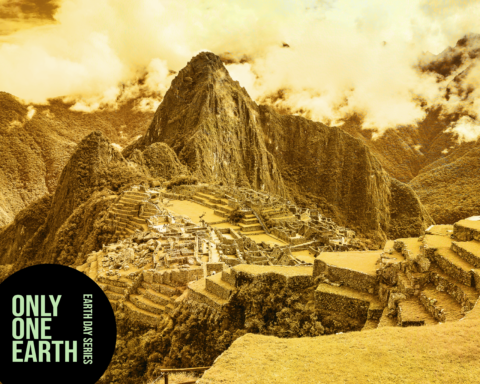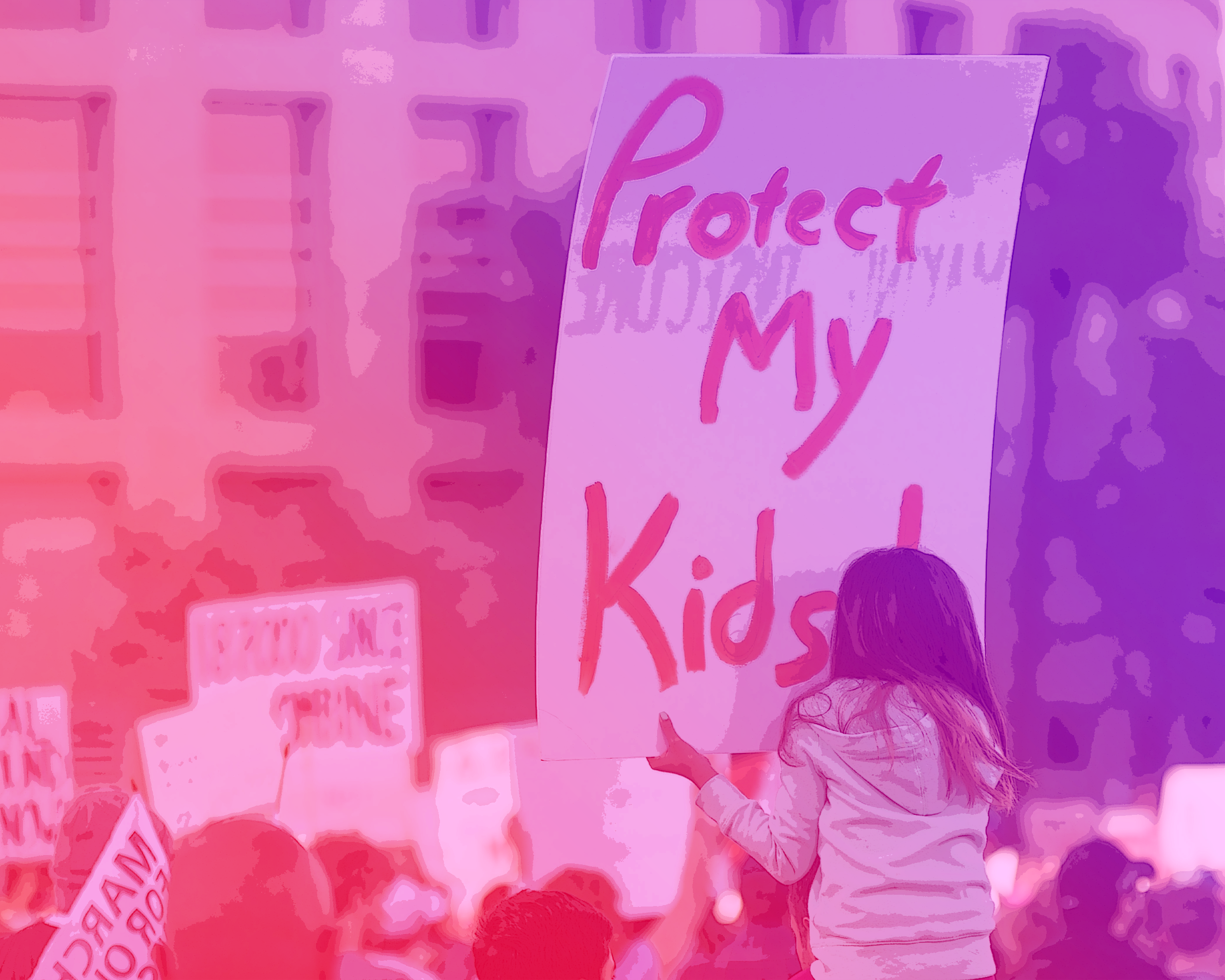Images of climate change in the media depict near-biblical floods, drought, as headline after headline mentions these “once in a lifetime” storms that now seem to be happening several times a year. We are more familiar with language and discussion around climate change as it directly ties to the weather we experience in our immediate community. But climate change has far-reaching impacts, and these include some just beginning to emerge.
At the United Nations, the Security Council has held several sessions on climate change as a “risk multiplier” – this is an idea gaining more support that climate change interacts with other factors within various regions to exacerbate security threats. For some areas, as water becomes scarce, farmers are forced into finding other ways to support their families, or plant their crops in different areas that may lead them into conflict with animal herders. We’ve seen this in the Horn of Africa, where drought and famine are ever-present and ever-worsening conditions brought on by the changing climate. In fact, the Horn of Africa is one of the most at-risk locations in the world for climate change.
For some areas, as water becomes scarce, farmers are forced into finding other ways to support their families, or plant their crops in different areas that may lead them into conflict with animal herders.
Policymakers, country representatives, and civil society actors are scrambling to respond to the risks multiplied by climate change, using computer modeling software to predict which regions are next to be hit by adverse climate change effects. For some, this also means starting with areas where conflict already exists, as resource scarcity is likely to inflame the tensions already present.
For some, this also means starting with areas where conflict already exists, as resource scarcity is likely to inflame the tensions already present.
One region already fits the bill for this most unpleasant of intersections: the already-existing Israeli-Palestinian conflict is taking place amidst rising sea levels, lowering precipitation levels, increasing salinity, and desertification.
According to the United Nations, the temperatures in the region have continued to rise over the past fifty years, leading to skyrocketing energy usage, water shortages, and water contamination. For Palestine, an area which has a nearly negligible impact on global carbon emissions, this disproportionate impact of climate change effects versus contributions, is especially hard to swallow in the face of artificially-created shortages of water and land created from Israeli occupation policies.
The Palestinian people are also robbed of their ability to control their own water and land, in many cases denied access at all, and have virtually no say in climate policy. This land shortage and water shortage also contributes to food shortages and insecurity. As the areas in which Palestinians are allowed to live become smaller and smaller, the high population density meets water scarcity and high salinity and creates dangerous public health situations amongst already-vulnerable groups. The rising sea levels also threaten sewage and drainage systems that are imperative to protecting public health and containing disease while at the same time stripping even more livable land. In a study by the United Nations, only 39.5% of households in Palestine had access to safely managed water, while ninety-seven percent of water in the Gaza strip is unfit for consumption by humans, a tragic effect of which is that one-fourth of child morbidity cases in Gaza are directly caused by water-borne diseases.
As the areas in which Palestinians are allowed to live become smaller and smaller, the high population density meets water scarcity and high salinity and creates dangerous public health situations amongst already-vulnerable groups.
In Gaza, farmers are resiliently trying to grow oranges, strawberries, cherry tomatoes, and cut flowers. The higher temperatures which continue to climb without any stop in sight, increasingly heavy winds, and increasing water scarcity put these crops under stress and result in lower yields, higher crop losses, and provide a knock-on effect to the incomes of these local farmers, who at times have to compete with much bigger corporate producers or Israeli limits on Palestinian exports. As Israel continues to fracture Palestinian land more and more, the amount of arable land available to Palestinians grows smaller.
Palestinian attempts to address the climate crisis, particularly in regards to water shortage, are met at every corner with Israeli complications. Water provision to the 2.9 million Palestinian residents of the West Bank is controlled by the Joint Water Committee, an institution the Human Rights Watch says has a precedent of confiscating equipment needed for water infrastructure and denying permits to Palestinians who attempt to try assembling needed water infrastructure.
Palestine has a network of nongovernmental organizations (NGOs) organized around environmental initiatives in their local communities, including working on projects such as strengthening community forest and water management, providing sustainable electricity to households and community centers, and advocating against illegal roads and settlements the Israelis are constructing. On a national level, the Palestinian territories were one of the first to ratify the Paris agreement and become party to the United Nations Framework Convention on Climate Change in 2016, and during the climate change intergovernmental process also chaired the Group of 77 and China, the biggest negotiating group in the process. Despite its limited ability to self-determination of its own climate policy, the Palestinian people have demonstrated their ability and interest in community-based climate solutions.
On a national level, the Palestinian territories were one of the first to ratify the Paris agreement and become party to the United Nations Framework Convention on Climate Change in 2016, and during the climate change intergovernmental process also chaired the Group of 77 and China, the biggest negotiating group in the process.
Israel has not been immune from the effects of climate change either, even as they have full say in their own climate policies and practices. The summer of 2020 saw skyrocketing temperatures during the summer, stretching water resources. The Israeli government also expects a reduction in precipitation by ten percent by the end of the century.
The Jordan River, the main water source to the Sea of Galilee where Jesus calmed the storm, is expected to decrease its flow by twenty-two percent by the end of the century, creating a new storm entirely as water availability decreases and water scarcity increases. On the other hand, rising sea levels mean that all of Israel’s coasts will recede, creating vast socioeconomic impacts for the populations that reside there and areas that rely on tourism for income.
The Jordan River, the main water source to the Sea of Galilee where Jesus calmed the storm, is expected to decrease its flow by twenty-two percent by the end of the century, creating a new storm entirely as water availability decreases and water scarcity increases
Both Israel and the Palestinian territories are increasingly vulnerable to the impacts of climate change, and have felt the effects of it at increasing speed over the past several years. While the main worry is that these climate impacts already are and will continue to be risk multipliers, there is opportunity: for the region to come together to serve a common interest in protecting the land and the people from a problem that they’ve had very little role in creating.
One Climate is a joint Israeli-Palestinian movement that works toward environmental justice for all, reaching across land divides and checkpoints. EcoPeace Middle East is another nongovernmental organization of Palestinian, Israeli, and Jordanian activists who seek environmental justice for the region. Both Palestinian and Israeli people are shortchanged by their current leadership and governments who are far too enmeshed in their current conflict to pick their heads up and look to the future and the impending crisis that threatens to rob all people of land to live on, water to drink, and food to eat.
Both Palestinian and Israeli people are shortchanged by their current leadership and governments who are far too enmeshed in their current conflict to pick their heads up and look to the future and the impending crisis that threatens to rob all people of land to live on, water to drink, and food to eat.
This Earth Day, may we pray that our leaders both near and far reject toxic nationalism, the occupying of lands, the stripping of human rights. May we pray that our leaders and ourselves embrace the call of community, of caring for creation hand in hand with our neighbor, of appreciating the beauty of God’s creation and protecting it for all generations to come. May we see the realization of Isaiah 35:1 “The wilderness and the dry land shall be glad, the desert shall rejoice and blossom; like the crocus it shall blossom abundantly, and rejoice with joy and singing.” May we all blossom abundantly, rejoicing in the image of God we see in our neighbors and in the creation of God all around us.
Resources
https://time.com/6242238/climate-change-israeli-palestinian-politics/ https://thisweekinpalestine.com/climate-change-in-palestine/ http://eprints.lse.ac.uk/36957/1/ lse.ac.uk_storage_LIBRARY_Secondary_libfile_share d_repository_Content_Mason,M_Climate%20change_Mason_Climate%20change_201 4.pdf
https://www.nytimes.com/2022/12/06/opinion/how-biden-can-help-save-the-middle-east. html
https://www.ohchr.org/sites/default/files/2022-03/al-haq.pdf https://palestine.un.org/en/185047-fact-sheet-environment-palestine https://www.alhaq.org/publications/15261.html https://www.newsecuritybeat.org/2020/01/its-time-threat-multiplier-address-climate-secu rity/
https://www.gov.il/en/departments/guides/climate_trends_and_impact_in_israel

Victoria Alexander graduated from the University of North Carolina at Chapel Hill in 2020 with degrees in Global Studies and Medical Humanities. She served as a Young Adult Volunteer last year in Dundee, Scotland and currently serves as a Young Adult Volunteer with the Presbyterian Ministry at the United Nations in New York City.






Unbound Social